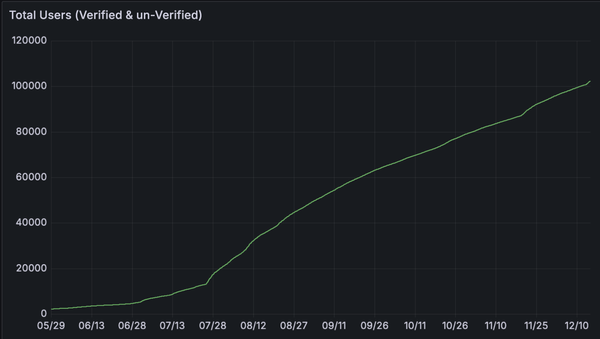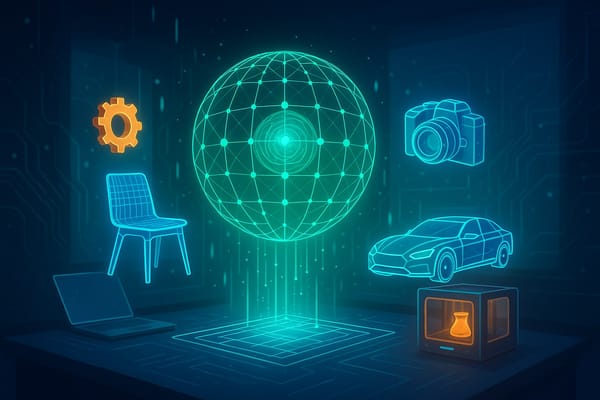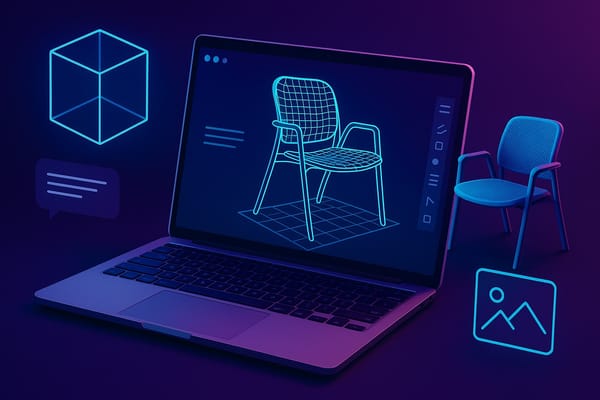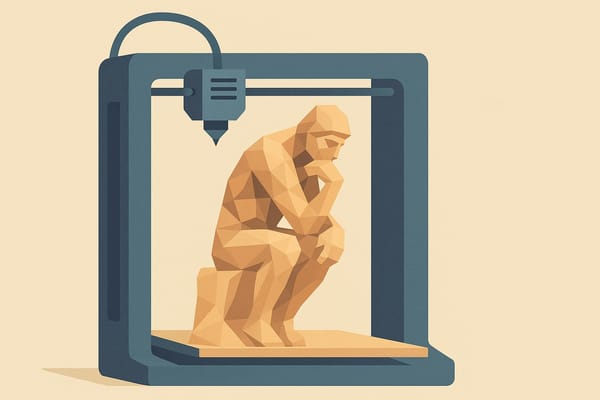Smarter Printing with AnyCubic and AI: Generate Stunning 3D Models with PrintPal
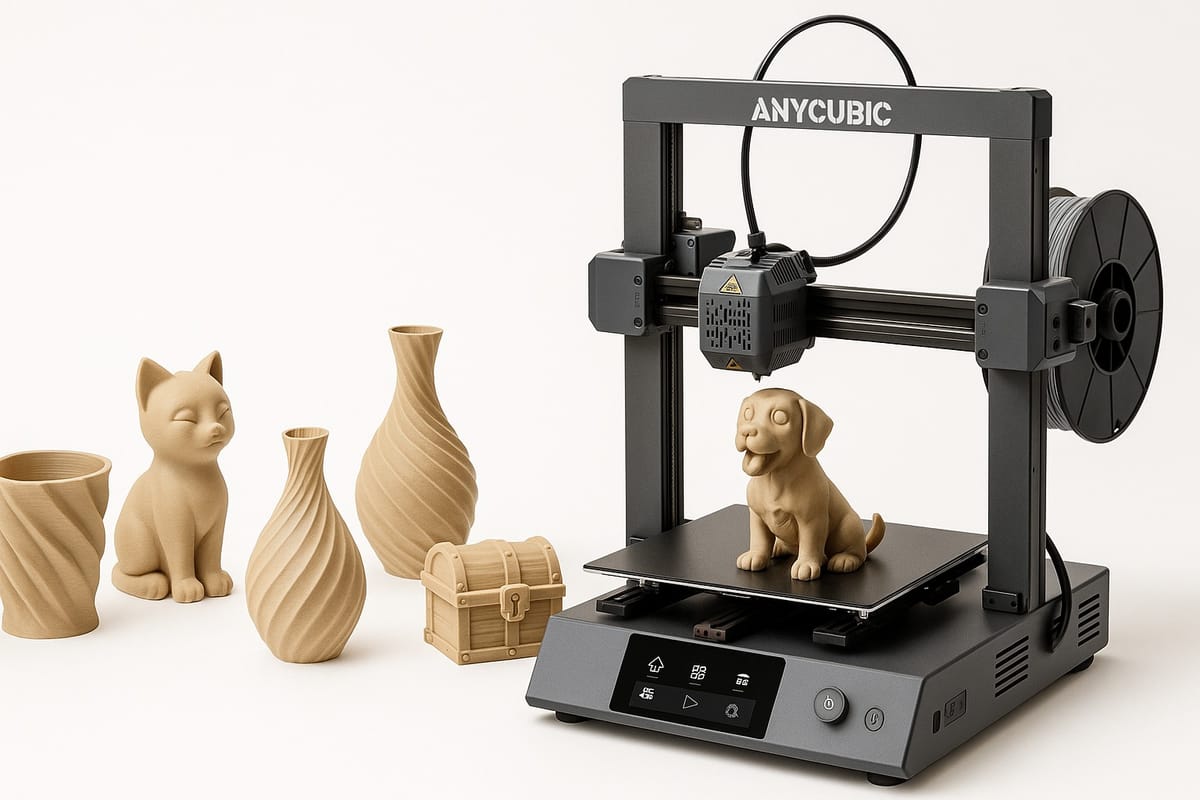
AnyCubic is one of the most recognizable brands in desktop 3D printing, known for providing reliable, affordable machines in both FDM and resin (SLA) formats. Whether you're running an AnyCubic Kobra 2, Mega X, or a Photon Mono M5s, you already know these printers are built for performance.
But the next evolution of 3D printing is not just about hardware. It's about how easily you can bring new ideas to life.
That’s where PrintPal comes in — a powerful generative AI platform designed to deliver fast, printable STL files tailored for AnyCubic’s versatile lineup of machines.
Why AnyCubic Users Should Use AI
AnyCubic printers are loved by makers, educators, and small businesses alike because of their:
- Wide format options including FDM and resin
- Competitive pricing and strong reliability
- Simple software and slicer compatibility
- High-resolution outputs for detailed models
But one challenge that remains is 3D modeling. Designing printable files from scratch can take hours and requires CAD skills.
With PrintPal’s AI model generator, AnyCubic users can skip the learning curve and go from idea to STL in just a few clicks.
What Is AnyCubic Generative AI?
AnyCubic Generative AI refers to the integration of AI-powered design tools that help users create printable models without traditional 3D modeling software. Although AnyCubic does not offer native AI tools, PrintPal fills that gap perfectly.
With PrintPal, you can:
- Type a prompt and generate a unique 3D model
- Use image references to create sculpture-style or functional designs
- Export STL files compatible with Photon Workshop, Cura, or PrusaSlicer
- Print directly on any AnyCubic printer, from the Kobra series to the Photon Mono X
Use Cases for AnyCubic 3D Model Generation
Here are just a few examples of what you can generate using PrintPal’s AI tools and print on your AnyCubic machine:
- Miniature figurines for tabletop games
- Planters with embossed detail and drainage holes
- Custom nameplates or keychains for events
- Functional parts like brackets, holders, and bins
- Jewelry prototypes with clean detail on resin printers
- STEM learning kits for educators using FDM or resin
Whether you're printing in PLA on your Kobra 2 or using resin on your Photon Mono 2, PrintPal’s models are geometry-optimized and ready to slice.
How to Use PrintPal with AnyCubic Printers
It only takes a few steps to get started:
- Visit printpal.io
- Enter a text prompt like “hexagonal storage container with lid”
- Download your STL file
- Import into Cura, Photon Workshop, or your preferred slicer
- Print using your AnyCubic setup
You don’t need to install anything or subscribe to a proprietary model library. It’s simple, flexible, and free to try.
Why PrintPal Works So Well with AnyCubic
PrintPal’s AI engine is designed for compatibility and performance. STL files are:
- Clean and manifold
- Printable at high resolution
- Supported across slicers
- Great for both FDM and resin workflows
This makes PrintPal one of the best solutions for AnyCubic 3D model generation, whether you’re a beginner or experienced maker.
Final Thoughts
The future of 3D printing combines smart hardware and smarter software. With PrintPal, AnyCubic users can generate creative and functional designs on demand. You don’t need to search libraries or model everything manually — just describe what you want and let AI take care of the rest.
Try PrintPal today and bring your AnyCubic 3D printer to life in a whole new way.


